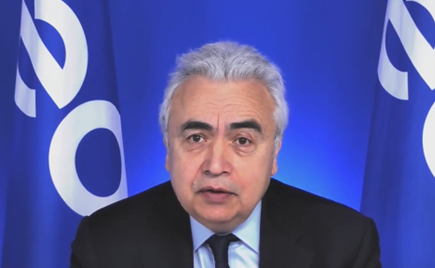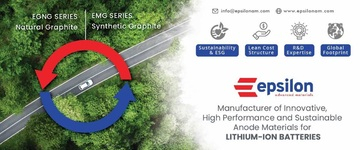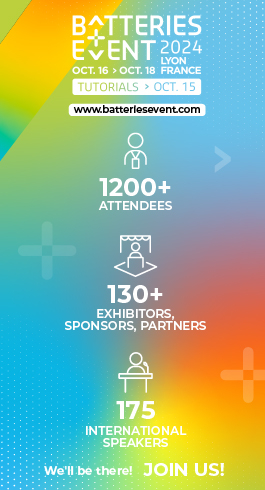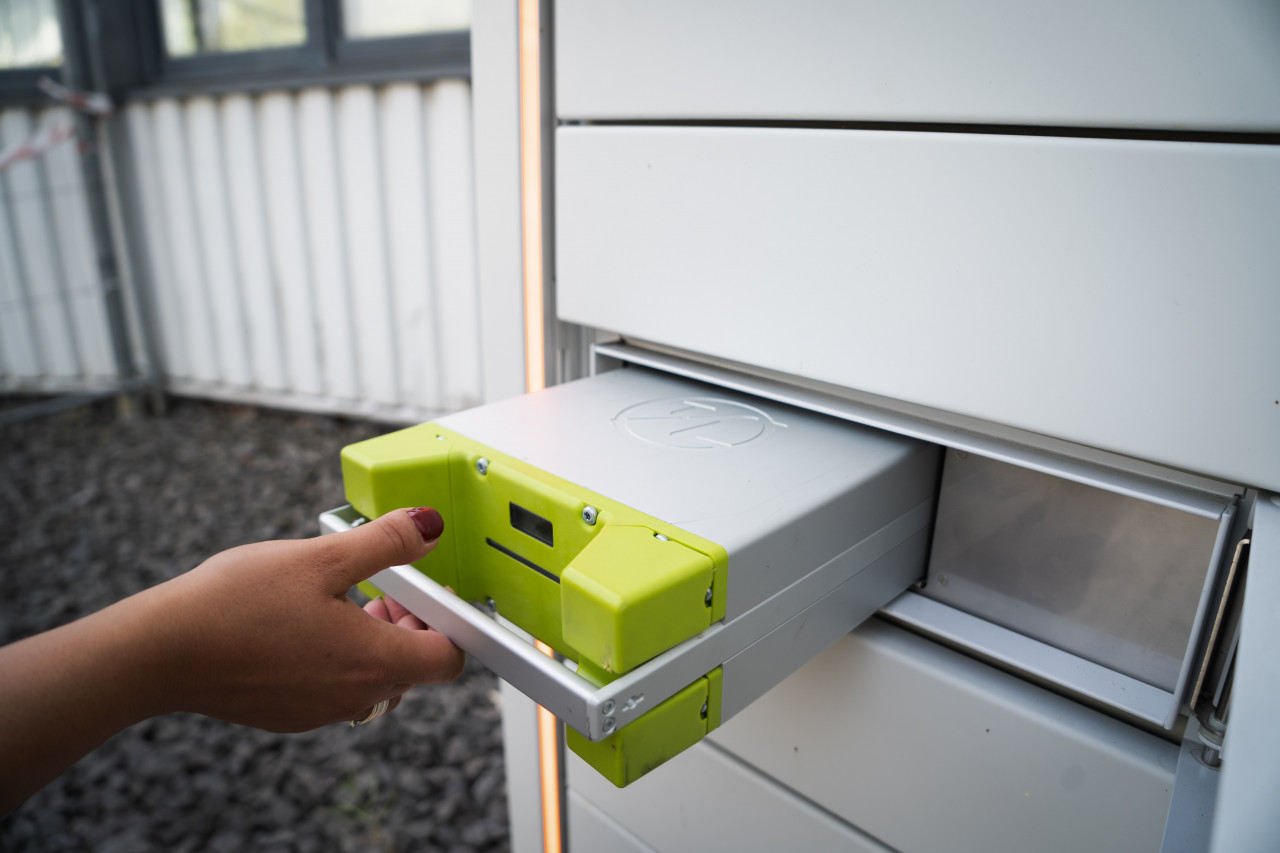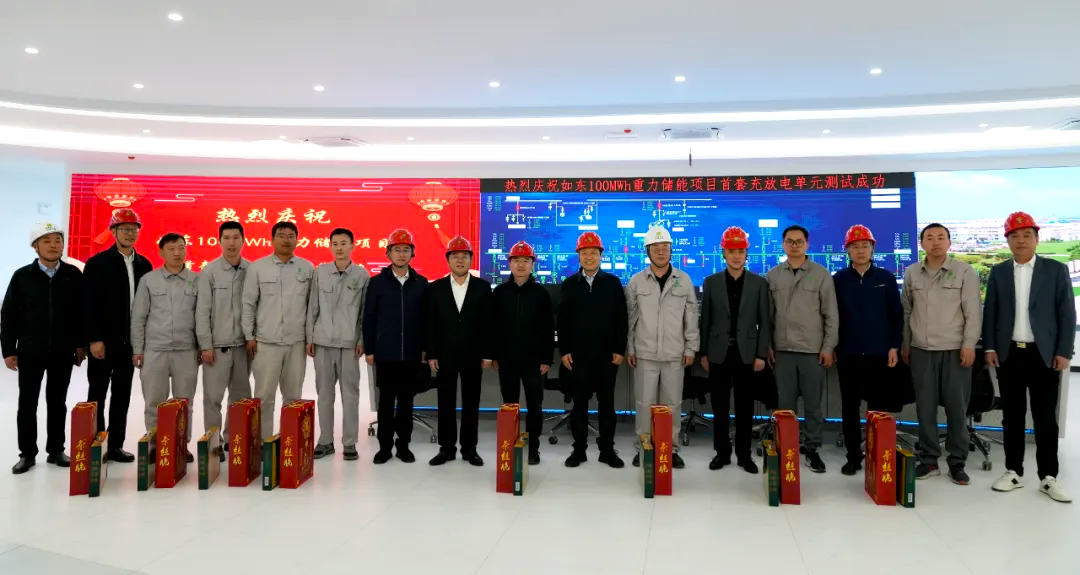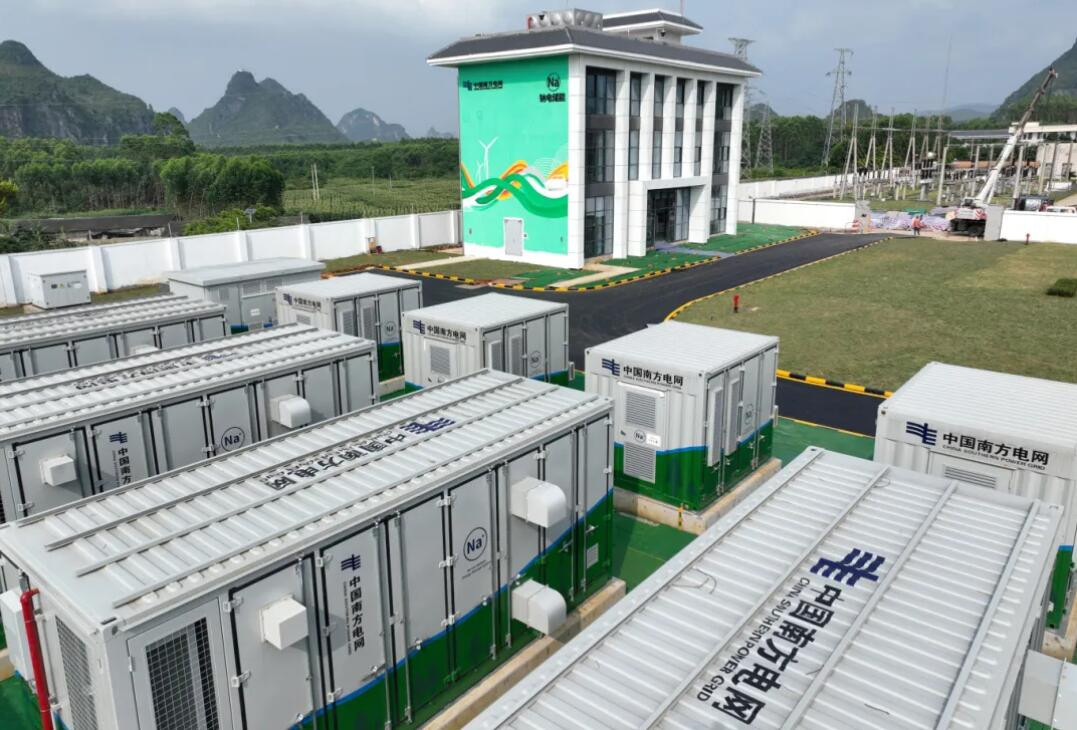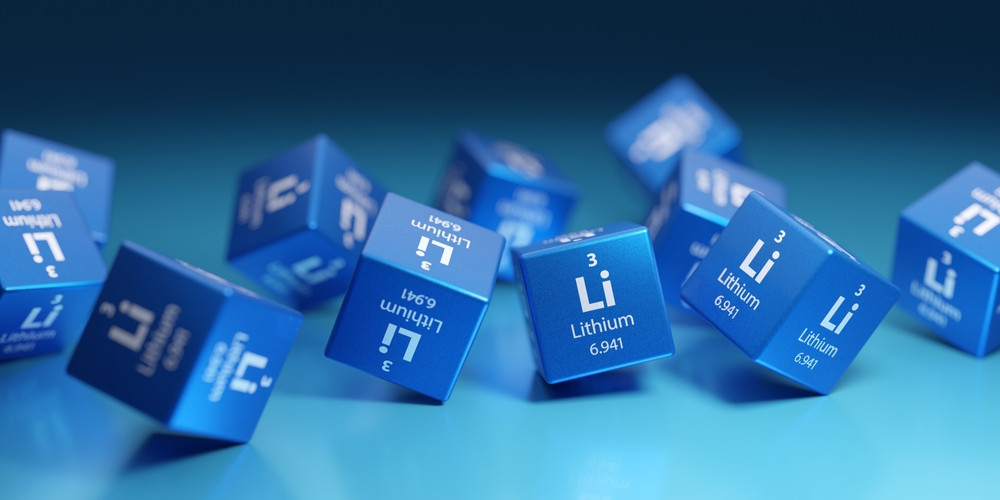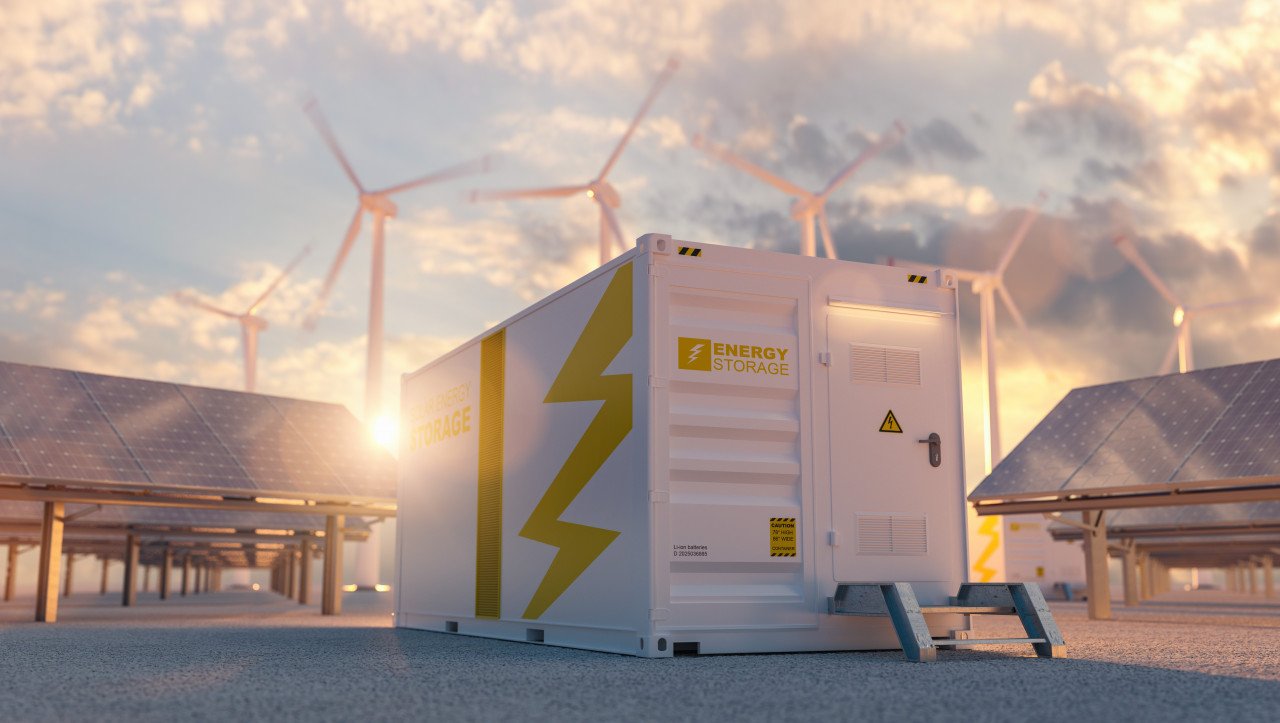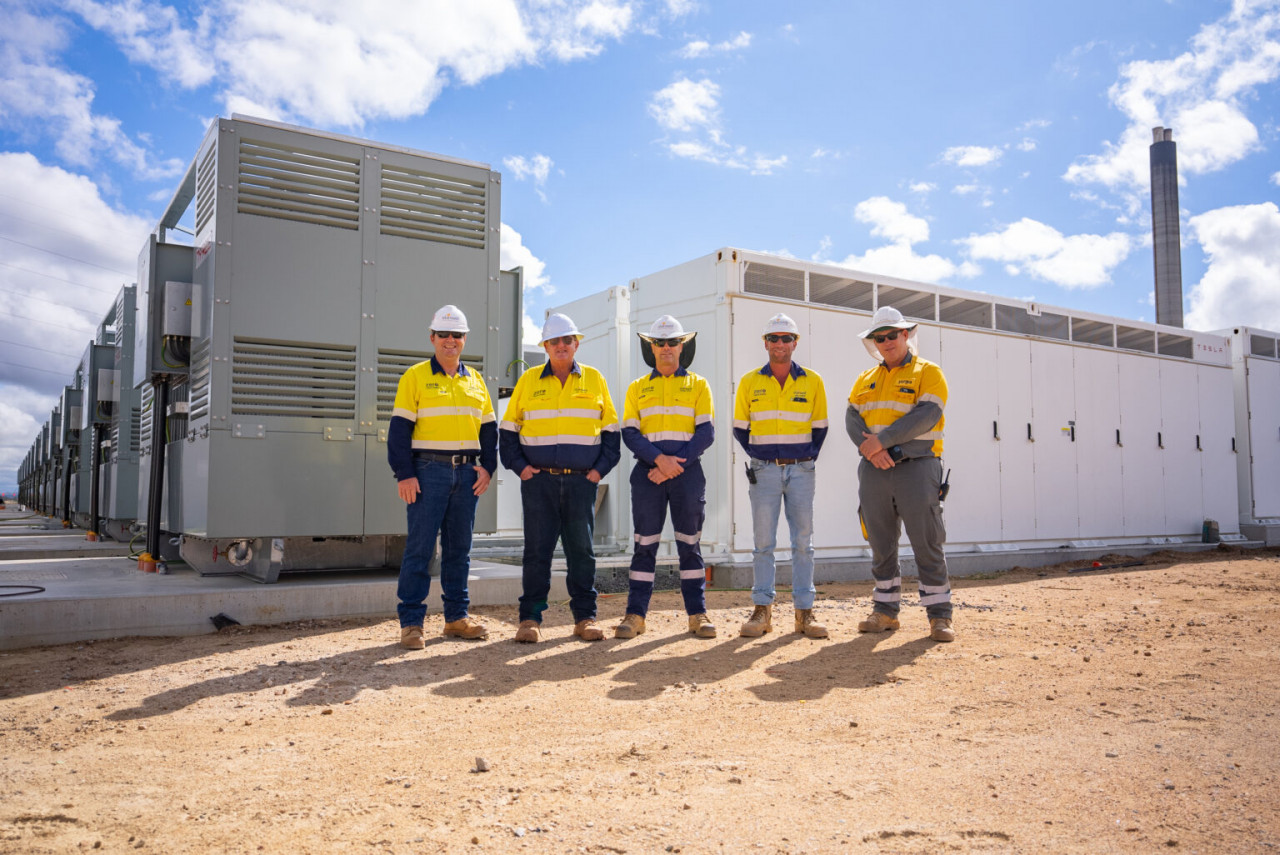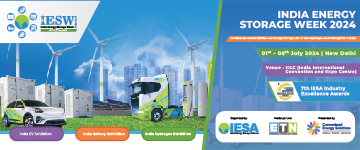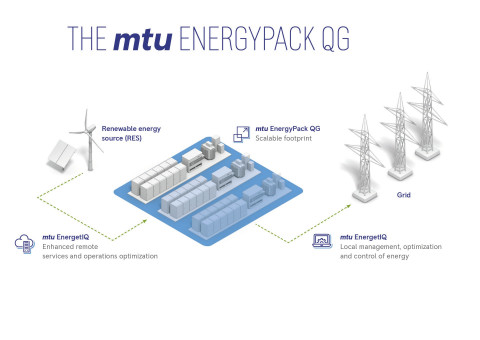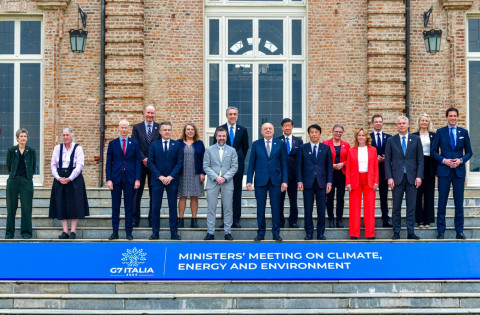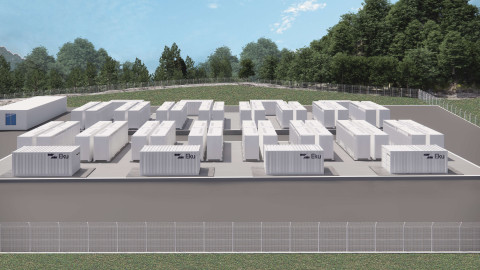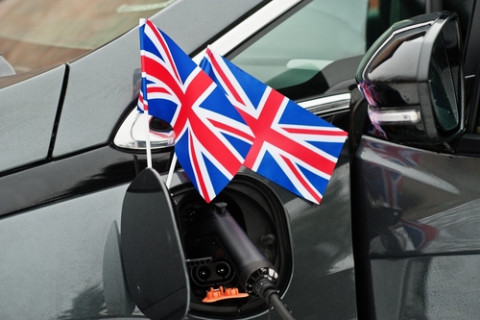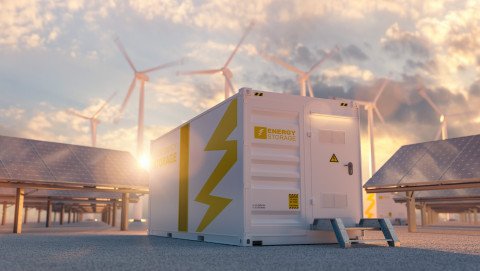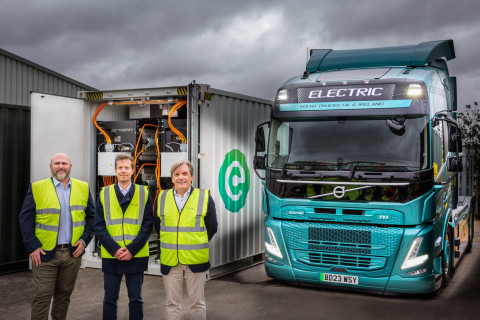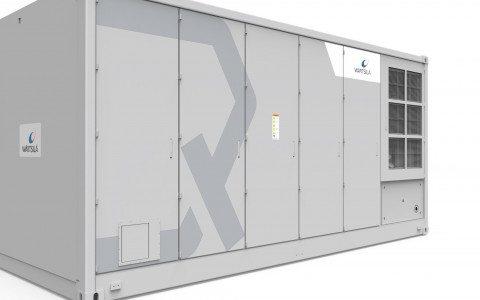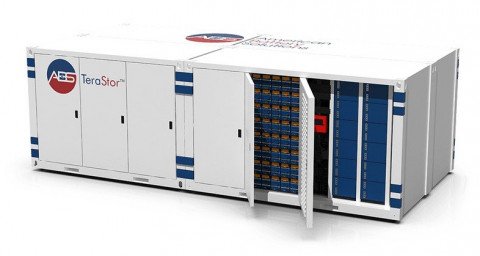Global ES market to register 21% CAGR to 137 GW/ 442 GWh by 2030: BNEF
Bloomberg NEF's latest 2024 first-half edition of 'Global energy storage outlook' report has estimated that the global energy storage deployments is set to add more than 100 GWh of capacity this year for the first time ever.
In 2023, the global net addition of capacity was 45 GW/ 97 GWh excluding pumped-hydro energy storage, meaning the new additions were largely of battery storage deployments.
The growth will be largely driven by China, which will once again be the largest energy storage market globally. The country has registered the lowest-ever prices, with turnkey energy storage system costs in February were 43 percent lower than the previous year, at a record low of $115 per kilowatt-hour for two-hour ESS.
The report has forecasted a compounded annual growth rate of 21 percent to the tune of 137 GW/ 442 GWh for the global energy storage market by 2030. In the same period, global solar and wind markets are expected to see a CAGR of 9 percent and 7 percent respectively.
The second largest market for ESS is the US, where state targets, utility procurements and attractive merchant economics in places like Texas are likely to be the driving forces. In Europe, Middle East, and Africa, residential batteries will continue to be the largest source of storage demand, led in particular by Germany and Italy, as well as markets like Austria, Switzerland, Belgium, Sweden, Spain, and the UK.
The BNEF's report notes that much of the growth in energy storage investment is being driven by mandates and targeted subsidies, ranging from solar and wind co-location mandates in China, to the Inflation Reduction Act (IRA) and state-level policies in the US. New support schemes are also emerging across Europe, Australia, Japan, South Korea, and Latin American regions.
On the falling of energy storage costs as seen in China, the report accords lithium iron phosphate (LFP) batteries as the main enabler, as these batteries use no nickel and continue to take market share from lithium-ion batteries using nickel manganese cobalt (NMC). By 2030, NMCs are predicted to hold just 1 percent of market share globally.
Further, the scaling-up of manufacturing capacity for LFP batteries led by Chinese battery firms is also noted as an important reason for the costs coming down globally.
Manufacturers traditionally specialized in nickel-based lithium-ion batteries outside of China are also looking to start manufacturing ESS products using LFPs, the report notes, citing LG Energy Solution, Samsung SDI, Panasonic and Freyr as leading examples to the trend.
